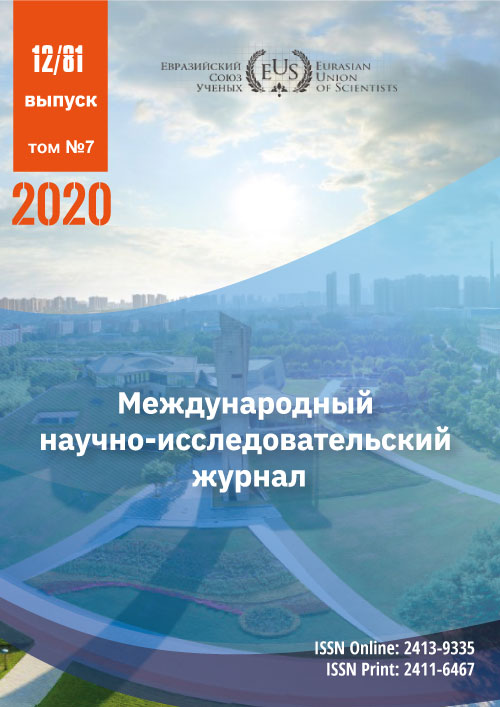ПЕРСПЕКТИВЫ ИМПОРТОЗАМЕЩЕНИЯ В КОНДИТЕРСКОЙ ОТРАСЛИ
Abstract
In this article reviewed the existing government strategies and programs that are aimed at increasing the export of sugar and flour products. It briefly describes and analyzes the main directions of replacement of imported components and equipment required for the production of confectionery. The article also examines the practice of using Russian confectionery equipment. As a result of the study the author made a conclusion about the prospects for implementing the import substitution policy on the Russian confectionery market.
References
2. Приказ Министерства сельского хозяйства РФ от 19 октября 2017 г. N 524 «Об утверждении программ продвижения и увеличения объемов экспорта отдельных видов продукции агропромышленного комплекса, в том числе продукции микро-, малых и средних предприятий АПК».
3. Регламент Европейской Комиссии 2073/2005/ЕС от 15 ноября 2005 г. о микробиологических критериях для пищевых продуктов.
4. Директива Европейского Парламента и Совета Европейского союза 2000/36/ЕС от 23 июня 2000 г. о продуктах, содержащих какао, и шоколадных изделиях, предназначенных для потребления людьми.
5. ГОСТ 31721-2012 Шоколад. Общие технические условия.
6. Информационно-аналитическое агентство SeaNews. URL: https://seanews.ru.
7. Вершинина, В. Д. Проблемы функционирования и развития кондитерского рынка / В. Д. Вершинина. — Текст : непосредственный // Молодой ученый. — 2017. —
№ 16 (150). — С. 251-253. — URL: https://moluch.ru/archive/150/42628/ (дата обращения: 25.06.2020).
8. Распоряжение Правительства РФ от 30 августа 2019 г. № 1931-р «Стратегия развития машиностроения для пищевой и перерабатывающей промышленности Российской Федерации на период до 2030 года».
9. Официальный сайт информационноправового портала Гарант.ру. URL: https://www.garant.ru.
10. Официальный сайт Правительства России. URL: http://government.ru.
11. Официальный сайт Министерства промышленности и торговли Российской
Федерации. URL: http://minpromtorg.gov.ru.
CC BY-ND
A work licensed in this way allows the following:
1. The freedom to use and perform the work: The licensee must be allowed to make any use, private or public, of the work.
2. The freedom to study the work and apply the information: The licensee must be allowed to examine the work and to use the knowledge gained from the work in any way. The license may not, for example, restrict "reverse engineering."
2. The freedom to redistribute copies: Copies may be sold, swapped or given away for free, in the same form as the original.







